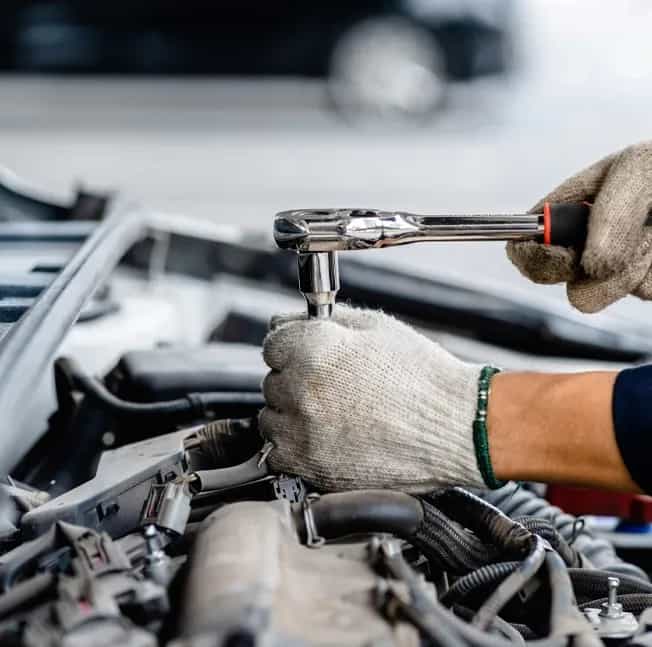Nov . 09, 2024 01:03 Back to list
Understanding Hydraulic Shaft Seals for Enhanced Equipment Performance and Longevity
Understanding Hydraulic Shaft Seals Importance, Types, and Applications
Hydraulic systems are integral to many industrial applications, providing the necessary force and motion needed to operate machinery and equipment. One of the pivotal components within these systems is the hydraulic shaft seal. This component plays a crucial role in maintaining system efficiency, reliability, and longevity. In this article, we will explore what hydraulic shaft seals are, their types, how they function, and their importance in various applications.
What is a Hydraulic Shaft Seal?
A hydraulic shaft seal is a component designed to prevent fluid leakage between the moving parts of a hydraulic system, specifically where the hydraulic shaft rotates within the housing. Sealing is crucial in hydraulic systems because even minor leaks can lead to significant losses in efficiency, reduced performance, and increased wear on system components. Furthermore, maintaining proper fluid levels is essential in preventing damage from overheating or contamination.
How Do Hydraulic Shaft Seals Work?
Hydraulic shaft seals are typically made from materials that can withstand the pressure, temperature fluctuations, and chemical exposure typical within hydraulic systems. When installed, the seal creates a barrier that allows the shaft to rotate freely while preventing hydraulic fluid from escaping. The design often incorporates several elements such as lip seals, O-rings, and backup rings, all working together to enhance sealing performance.
The functioning of hydraulic shaft seals is based on the principle of creating a tight fit between the moving shaft and the stationary housing. In a typical scenario, when the hydraulic fluid is pressurized, the lip of the seal presses against the shaft, creating the necessary resistance to fluid movement. The materials used are often elastomers like nitrile rubber (NBR), fluorocarbon (FKM), or polyurethane, which are chosen for their specific properties of elasticity, chemical resistance, and temperature tolerance.
Types of Hydraulic Shaft Seals
There are several types of hydraulic shaft seals, each designed to cater to specific needs and applications
1. Lip Seals These are the most common type of shaft seals, featuring a flexible lip that adjusts to the shaft's movement. They are effective in preventing fluid leakage and can be used in various applications.
2. O-Ring Seals O-rings are circular seals that fit into a groove and provide a tight seal by compressing against the opposing surface. They are versatile and can be used in static and dynamic applications.
3. U-Cup Seals These seals are shaped like a U and are effective in providing sealing for a reciprocating shaft. They provide a larger sealing surface, which is great for applications where high pressure is involved.
4. Metallic Seals Often used in high-pressure applications, metallic seals provide a robust solution to prevent leaks, but they can be more expensive and less flexible than elastomeric seals.
5. Composite Seals These seals combine the properties of different materials to create a seal that can withstand extreme conditions, including high temperatures and aggressive chemicals.
hydraulic shaft seal

Importance of Hydraulic Shaft Seals
The importance of hydraulic shaft seals cannot be overstated
. They are vital for- Leak Prevention Effective seals minimize fluid leakage, preserving system efficiency and conserving fluids that are often expensive.
- System Longevity By preventing contaminants from entering the hydraulic system, seals contribute to the extended life of hydraulic fluids and components.
- Safety Leaks in hydraulic systems can lead to dangerous situations, including fires or environmental hazards. Proper sealing minimizes these risks.
- Cost Efficiency Reducing leakage not only saves costs on hydraulic fluids but also lessens maintenance and repair expenses, thus improving overall operational efficiency.
Applications of Hydraulic Shaft Seals
Hydraulic shaft seals are utilized in various industries, including
- Manufacturing Used in hydraulic presses, machine tools, and conveyor systems.
- Construction Found in excavators, bulldozers, and other heavy machinery.
- Automotive Employed in hydraulic braking systems, power steering, and transmissions.
- Aerospace Used in hydraulic systems for landing gear and flight control.
In conclusion, hydraulic shaft seals are essential components within hydraulic systems, ensuring the efficient, safe, and reliable operation of machinery across various industries. Understanding the types, functions, and importance of these seals can help in selecting the right seal for specific applications, thereby enhancing the overall performance and longevity of hydraulic systems. Through proper maintenance and regular inspection, the effectiveness of hydraulic shaft seals can be ensured, contributing to the seamless operation of hydraulic applications.
-
TCN Oil Seal Metal Ring Reinforcement for Heavy Machinery
NewsJul.25,2025
-
Rotary Lip Seal Spring-Loaded Design for High-Speed Applications
NewsJul.25,2025
-
Hydraulic Cylinder Seals Polyurethane Material for High-Impact Jobs
NewsJul.25,2025
-
High Pressure Oil Seal Polyurethane Coating Wear Resistance
NewsJul.25,2025
-
Dust Proof Seal Double Lip Design for Construction Equipment
NewsJul.25,2025
-
Hub Seal Polyurethane Wear Resistance in Agricultural Vehicles
NewsJul.25,2025
-
The Trans-formative Journey of Wheel Hub Oil Seals
NewsJun.06,2025
Products categories
















